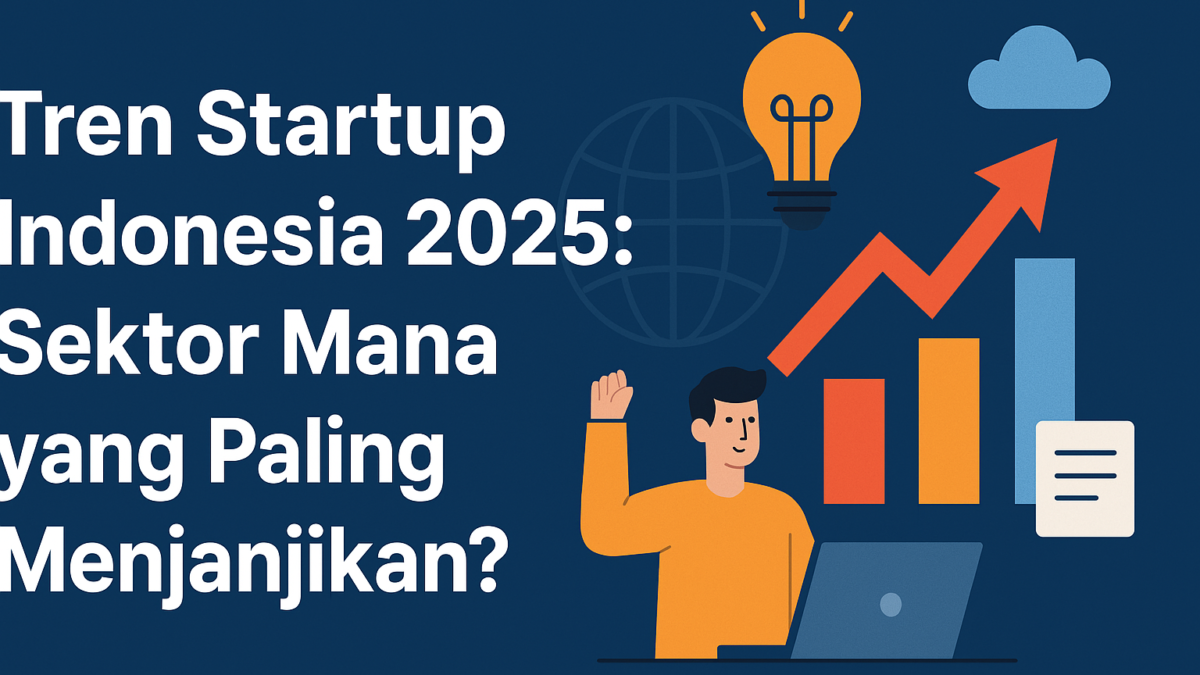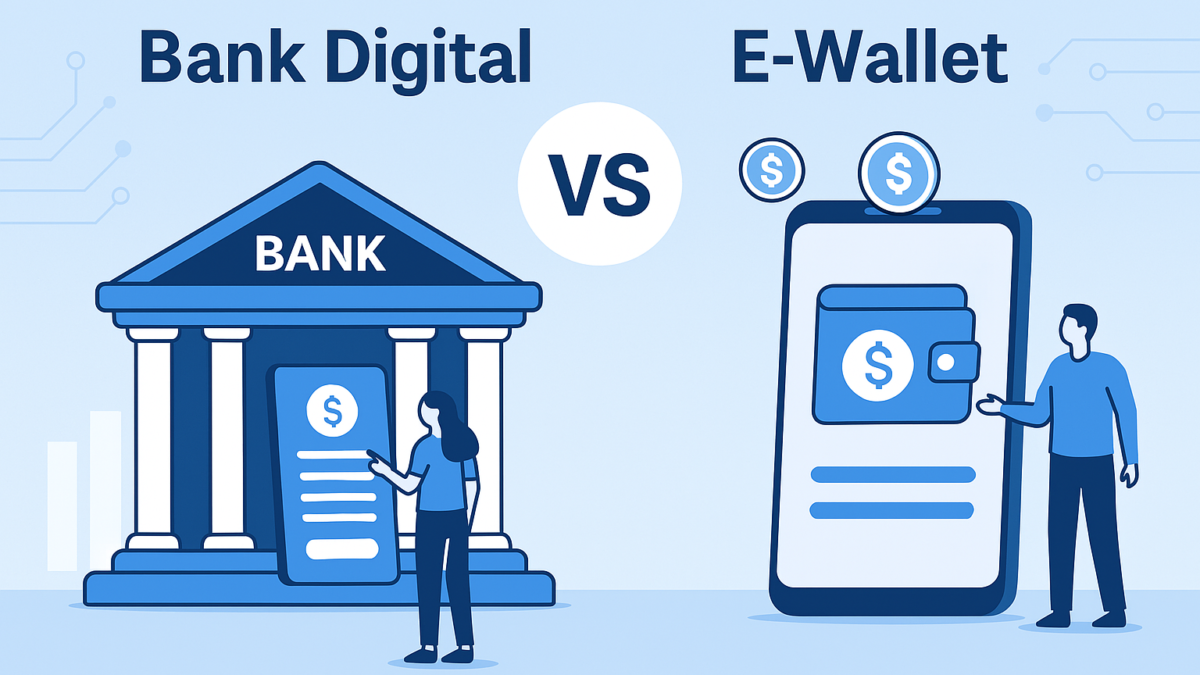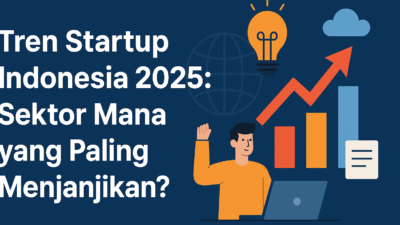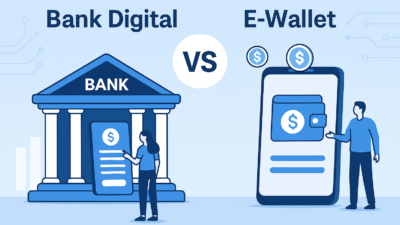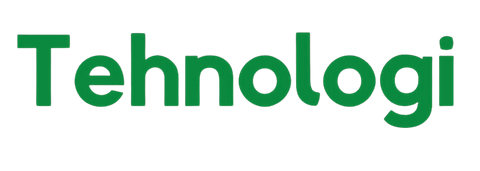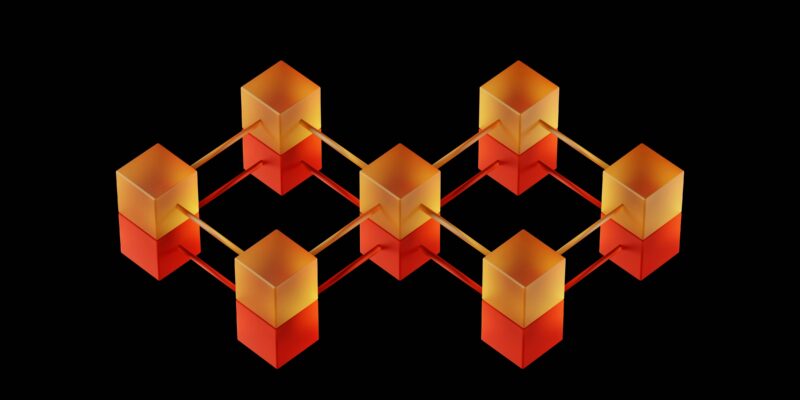
Overview
Web3, the next evolution of the internet, promises a decentralized, transparent, and user-focused digital landscape. With blockchain at its core, Web3 empowers users with ownership of data, digital assets, and applications. For businesses, this shift opens new opportunities and challenges. But is your business ready to embrace Web3? Let’s break it down in this beginner-friendly guide.
What is Web3?
Web3 is the decentralized version of the internet built on blockchain technology. Unlike Web2 (the internet we use today), where centralized entities control data and platforms, Web3 enables users to interact directly, removing intermediaries.
Key Features of Web3:
- Decentralization: Applications (dApps) run on peer-to-peer networks, not central servers.
- Ownership: Users own their data and digital assets, often through tokens or digital wallets.
- Interoperability: Blockchain networks work together seamlessly, allowing data and assets to flow across platforms.
- Smart Contracts: Self-executing agreements that remove the need for intermediaries.
- Tokenization: Assets (e.g., currencies, real estate, art) can be digitized and traded as tokens.
Why Should Businesses Care About Web3?
Web3 is transforming industries by shifting power to users, enabling new business models, and creating more transparent ecosystems.
Opportunities for Businesses:
- New Revenue Streams: Through tokenization, businesses can create digital assets (e.g., NFTs) to sell or trade.
- Improved Trust: Blockchain’s transparency builds consumer trust by providing verifiable data and transactions.
- Global Accessibility: Web3 allows businesses to engage with a borderless audience, leveraging cryptocurrencies for seamless transactions.
Is Your Business Ready for Web3?
To determine if your business is prepared for Web3, consider the following factors:
1. Do You Understand Web3’s Potential?
Ask Yourself:
- Are you familiar with blockchain, cryptocurrencies, NFTs, and dApps?
- Can Web3 features add value to your business model or customer experience?
Action Steps:
- Learn the Basics: Use free resources like YouTube channels, online courses, and blogs to understand Web3 fundamentals.
- Follow Industry Trends: Stay updated on how businesses in your niche are integrating Web3 technologies.
2. Does Your Audience Use Web3?
Ask Yourself:
- Are your customers tech-savvy and engaged with blockchain, crypto, or NFTs?
- Would Web3 solutions align with their needs or expectations?
Action Steps:
- Survey your customers to gauge interest in Web3 features like loyalty tokens, decentralized apps, or crypto payments.
- Experiment with small-scale Web3 initiatives, such as offering NFTs or accepting crypto payments.
3. Can You Benefit from Decentralization?
Ask Yourself:
- Would decentralization reduce your costs or improve efficiency?
- Can a decentralized model create a competitive advantage in your industry?
Action Steps:
- Explore blockchain use cases in your industry, such as supply chain transparency, decentralized marketplaces, or user-owned data platforms.
- Partner with blockchain developers or platforms to pilot decentralized solutions.
4. Are You Ready to Accept Cryptocurrency Payments?
Ask Yourself:
- Is your target audience comfortable with cryptocurrency?
- Can accepting crypto reduce cross-border transaction fees or expand your market?
Action Steps:
- Integrate crypto payment gateways like Coinbase Commerce or BitPay.
- Offer discounts or incentives for customers paying in cryptocurrency to encourage adoption.
5. Can Tokenization Enhance Your Business Model?
Ask Yourself:
- Could your products, services, or assets be tokenized (e.g., loyalty points, digital collectibles)?
- Would tokenization create new revenue streams or customer engagement opportunities?
Action Steps:
- Experiment with tokenizing unique offerings, such as limited-edition products or membership perks via NFTs.
- Collaborate with NFT marketplaces like OpenSea or Rarible to launch your tokenized assets.
6. Are You Concerned About Data Privacy and Ownership?
Ask Yourself:
- Do your customers demand more control over their data?
- Would decentralized data storage reduce risks or costs for your business?
Action Steps:
- Explore decentralized storage solutions like IPFS or Arweave for secure, user-controlled data management.
- Highlight data privacy improvements in your marketing to attract privacy-conscious consumers.
7. Are You Ready to Evolve Your Marketing?
Ask Yourself:
- Can Web3 help you engage customers through new channels like metaverse events or blockchain-based loyalty programs?
- Is your team familiar with marketing through emerging Web3 platforms?
Action Steps:
- Create immersive experiences in the metaverse using platforms like Decentraland or Sandbox.
- Use tokenized loyalty programs to incentivize and reward repeat customers.
Challenges to Consider in Web3
While Web3 offers exciting possibilities, it also comes with hurdles:
- Technical Complexity: Web3 tools and platforms require technical expertise that may be challenging for non-technical teams.
- Solution: Partner with blockchain developers or agencies for implementation.
- Regulatory Uncertainty: Web3 is still in its early stages, and regulations vary widely by country.
- Solution: Stay informed about local and international crypto laws to ensure compliance.
- Adoption Barriers: Not all customers are ready for Web3, and user education may be needed.
- Solution: Provide simple guides and demos to help customers understand how to interact with Web3 features.
- Security Risks: Blockchain is secure, but associated tools like wallets and exchanges can be vulnerable to hacks.
- Solution: Use trusted wallets and educate your team on best practices for securing digital assets.
How to Start Your Web3 Journey
- Educate Your Team: Host internal workshops or training sessions to familiarize your team with Web3 concepts.
- Experiment on a Small Scale: Pilot a Web3 feature, such as an NFT campaign or a crypto payment option, to test its feasibility.
- Build Partnerships: Collaborate with Web3 companies or platforms that align with your goals.
- Communicate Clearly: Educate your customers about your Web3 initiatives to build trust and encourage adoption.
Industries Already Leveraging Web3
- Retail: Tokenized loyalty programs and NFT-based memberships.
- Finance: Decentralized finance (DeFi) platforms for loans and investments.
- Entertainment: NFT-backed music, movies, and gaming assets.
- Real Estate: Blockchain-based property transactions and tokenized ownership.
Use case of well-known company
Web3 technology is transforming industries by enabling decentralized applications, enhancing transparency, and fostering user ownership. Several prominent companies have integrated Web3 into their operations, demonstrating its practical applications. Here are five notable examples:
- Louis Vuitton’s Phygital NFTs: In 2024, Louis Vuitton expanded its Via NFT project by introducing a €7,900 leather varsity jacket, available exclusively to Via NFT holders. This initiative combines physical products with digital collectibles, offering customers unique ownership experiences. Vogue Business
- Meta’s Orion AR Glasses: Meta, formerly Facebook, unveiled the Orion augmented reality glasses, marking a significant step toward mainstream AR wearables. These glasses align with Meta’s vision for Web3 and the Metaverse, providing new possibilities for user interaction and digital experiences. New York Post
- Algorand’s Blockchain Initiatives: Algorand’s blockchain technology has been adopted in various sectors. In 2024, it was tested for use in digital identification to help women in India access public health programs. Additionally, Algorand’s blockchain facilitated the launch of the first tokenized money market fund, showcasing its versatility in financial applications. Wikipedia
- Microsoft’s Web3 Incubation Program: Microsoft partnered with Astar Network to launch the Astar Incubation Program, supporting emerging entrepreneurs in the Web3 space. This initiative provides marketing, cloud computing, and mentorship assistance to startups, fostering innovation and adoption of Web3 technologies. Innovation Leader
- Opera’s Integration of Ethereum Layer 2: The Opera web browser integrated Ethereum Layer 2 solutions, bringing decentralized finance (DeFi) access to millions of users. This integration allows users to interact with Web3 applications directly through the browser, enhancing accessibility and user experience. Wikipedia
These examples illustrate how established companies are leveraging Web3 technologies to innovate and offer enhanced services, paving the way for a more decentralized and user-centric digital future.
Conclusion
Web3 is more than just a trend—it’s the next phase of the internet. While the transition might seem daunting, the potential benefits for businesses are immense. By understanding its core principles, exploring its applications, and starting small, you can position your business to thrive in a decentralized world.
The question isn’t whether Web3 will impact your business, but when. Are you ready to take the leap?



